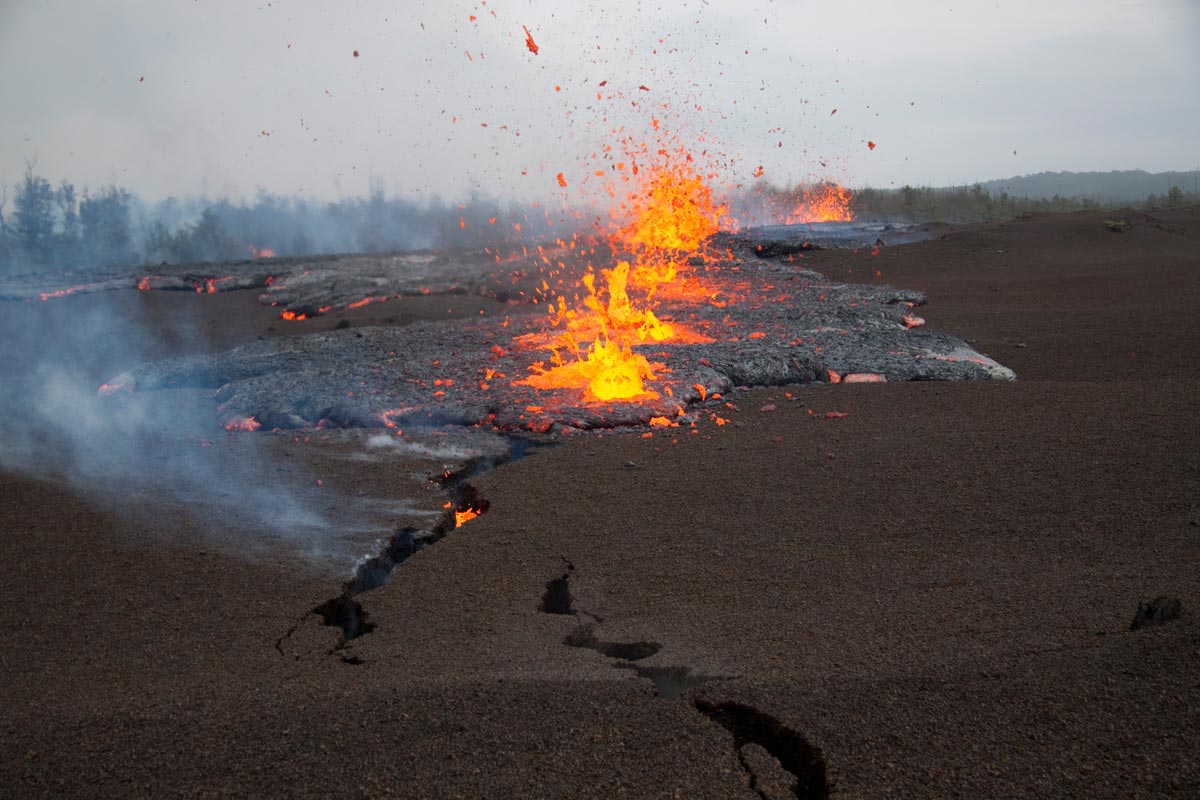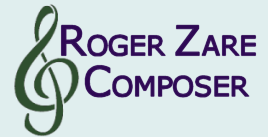|
Full Orchestra
String Orchestra
Wind Ensemble
Vocal
Chamber
Solo Instrumental
|
 Awarded first prize in the 3rd Senzoku Contemporary Composition Competition
Awarded first prize in the 3rd Senzoku Contemporary Composition Competition
Well-calculated orchestral passages are balanced with agile solo writing creating a compelling narrative. As the composition unfolds, reaches its summation, and conclusion, an overall integrity of style asserts itself.
-Jonathan Dawe, 3rd Senzoku Contemporary Composition Competition Special Jury
Tectonics refers to a field within geology that studies the structures within the earth's crust. Probably the most familiar area within tectonics is the study of plate tectonics, which describes how massive plates within the crust interact to create ocean beds, mountain ranges, continents, volcanoes, and earthquakes. The inspiration behind this work is the concept of continental drift, referring to the gradual motion of tectonic plates that resulted in the breakup of the original landmass, Pangaea, into what we now know as 7 continents. I am awed by the incredible size and power represented by this tectonic motion.
Opening mysteriously with a pulsating low C sharp, the music gradually builds to an earthy tuba solo, with tension growing as each pulsation begins. This pulsation represents the inevitability and enormity of tectonic processes. Rustling tremolo strings lead a very gradual ascending gesture that, at its apex, reveals a chorale and a flowing melody in the winds and strings. A truncated return of the chorale in the strings is punctuated with bass drum and brass, until the music reaches another high point. The ensuing section of music is much more delicate and ethereal, with the pulsation now carried by bowed crotales over sustained string harmonics, as if the listener were now looking down from the peak of a mountain ridge that was just thrust upward by the earth. Solos in a variety of instruments are accompanied by muted trumpets.
As the ever-building tension mounts yet again, the pulsation returns to the low brass while the intricacy of the counterpoint expands across the ensemble. The music reenters the geological workings of the earth's crust, exploring a newly pronounced momentum. Finally, in a cataclysmic blow, as when two plates grind against each other to produce an earthquake, the piece reaches its climax, with all of the low brass taking on what is now a pulsating C natural. Multiple layers expand above the immense power of the orchestral bass, with the strings returning to an augmented version of the chorale, and the brass proceeding at a different rate altogether. The three divisions of the orchestra collide indiscriminately, representing the gradual and unstoppable motion of the earth's tectonic plates. After a return to the sweeping melody, the piece ends with the strings screaming away chaotically as the rest of the ensemble comes smashing down.
Tectonics was written as my doctoral dissertation at the University of Michigan, defended on April 10, 2012.
Duration: ca. 10'30"
Download a sample of the score here.
Instrumentation:
- Piccolo, Flute, 2 Oboes, 2 Bb Clarinets, Bassoon, Contrabassoon
- 4 Horns in F, 3 Bb Trumpets, 3 Trombones (3rd is Bass), 1 Tuba
- Timpani, 2 Percussion
- Harp, Strings
Percussion required: Glockenspiel, Crotales (2 octaves), Chimes, Brake Drum, Small Triangle, 3 Suspended Cymbals (small, medium, large), Snare Drum, Tam-tam, Bass Drum
|

